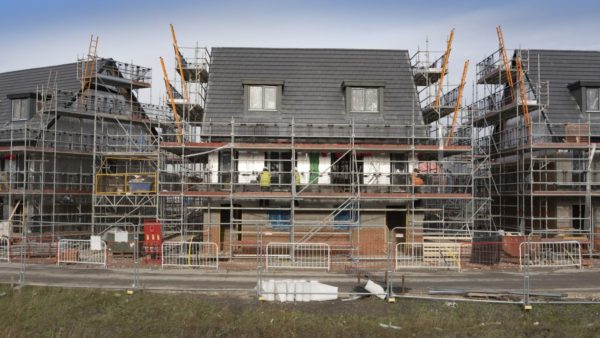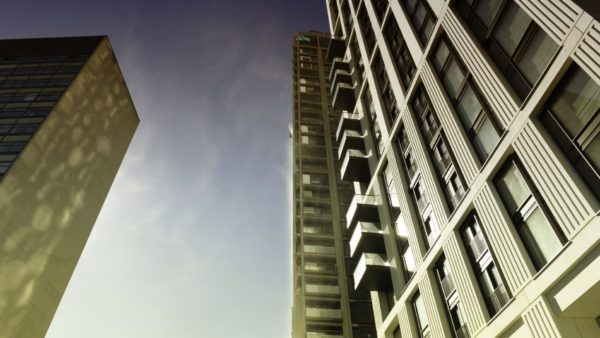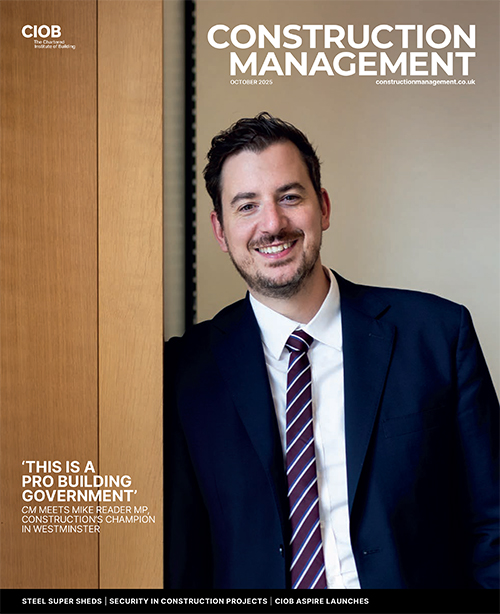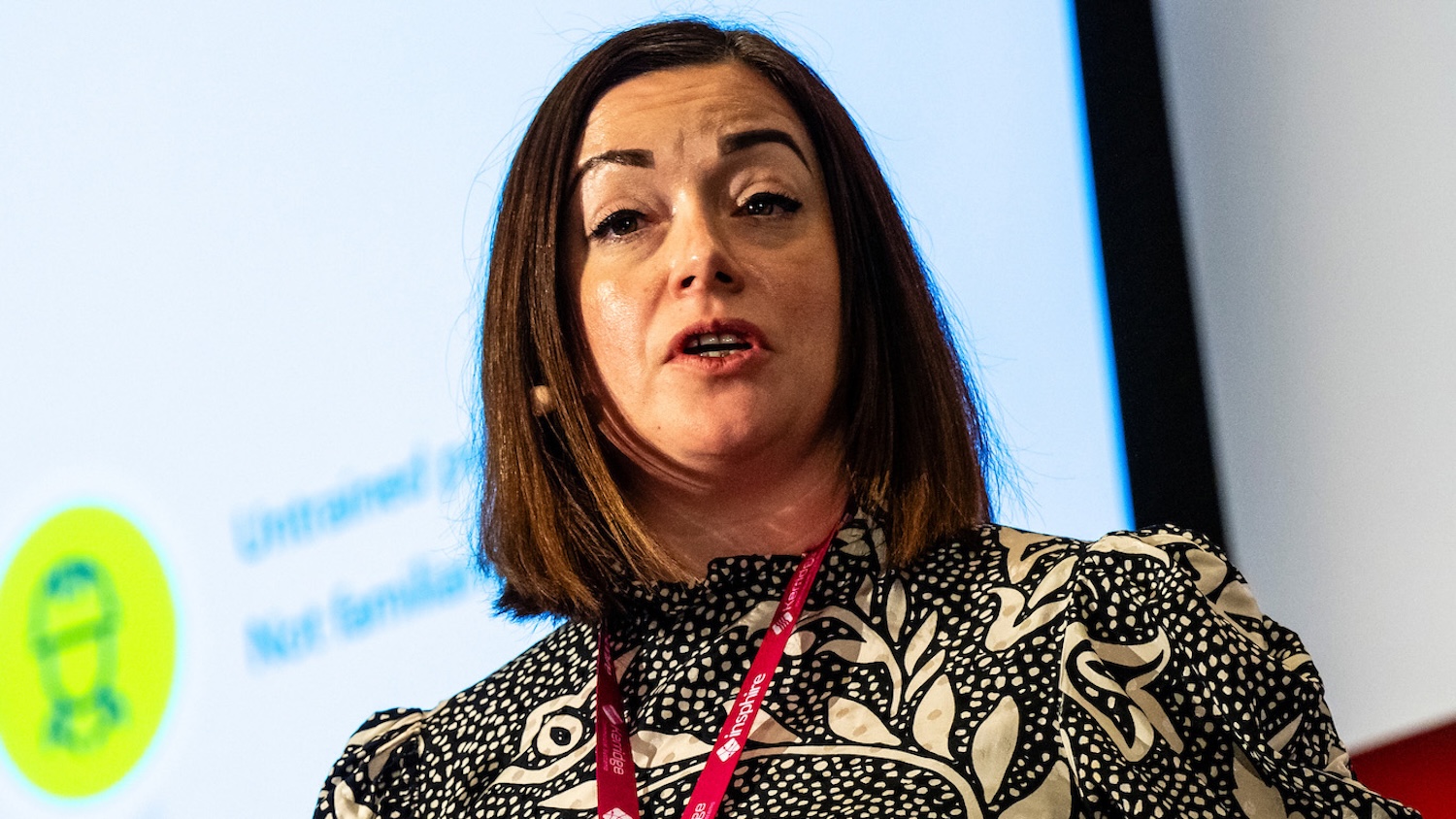
A call for the industry to rediscover its sense of fun and connect with the public on a more imaginative level has already prompted several major contractors to contact the Bureau of Silly Ideas (BOSI), the London-based arts organisation that put forward the idea.
BOSI founder Roger Hartley explained his thinking in an online article on Construction Manager’s website last month, after presenting his ideas at a London TEDx event in December. He told CM he now has several appointments in the coming weeks to discuss potential ideas with contractors.
In the article, Hartley said: “For an industry that is dedicated towards creating place and community, it’s frustrating that one of the first things construction seems to do is alienate them through noise and disruption or by blocking people out with site hoardings. But by subtly twisting something that is normally conceived to be an inconvenience or an ignored part of everyday life on the street, you can in fact create a lot of engagement with people, encouraging them to talk and laugh with each other and projecting a positive message.”
Christine Williams, bid manager for Farrans Construction, told CM that she thought BOSI’s ideas were “absolutely brilliant”. “I’ve sent a link to the article to all our project managers to say this campaign’s gaining momentum. We’re building several schools at the moment, and while you don’t want to make sites somewhere that you want to get in to, to make them more interesting as you go past would be brilliant.

“I laughed so much at the idea of fairies [in cement mixers] talking to you, it tickled me no end. When I was a child I totally thought there were fairies at the bottom of my garden.”
Hartley’s TEDx talk pointed out that the public often experience mild-to-moderate inconvenience during construction works and are expected to embrace the finished building – but the construction phase is a lost opportunity to charm, engage and put a smile on people’s faces. “It could be simple things that don’t disrupt the work of the site, like at night you lay the wheelbarrows down to look like a dinosaur,” he said.
Contractors often implement “public engagement strategies” on public buildings, typically involving decorated hoardings, site visits or a project website. But Hartley urged the industry to go beyond the conventional approach, and draw in specialist consultants – aka artists.
“It’s often done as a throw-away, or the first thing you think of. But if you can work with someone in the arts who specialises in changing perceptions, and has different thought processes… a phone call to people who think differently could be beneficial.”
Organisations he says could help the industry find its creative side include the National Association of Street Artists, which represents buskers and street performers; Xtrax, which runs an online catalogues of arts companies; and the Independent Street Artists Network.
“By subtly twisting something that is normally conceived to be an inconvenience or an ignored part of everyday life on the street, you can in fact create a lot of engagement with people, encouraging them to talk and laugh with each other and projecting a positive message.”
Roger Hartley, Bureau of Silly Ideas
Hartley has been involved with construction-related projects for many years, but is currently revitalising his efforts, even attending “meet the buyer” events to get a feel for how the industry works. “There are lots of issues about the number of contractors and subcontractors on a site, who takes responsibility and people being brave enough to take a gamble.”
His work in the sector started when his staging of Don Quixote used a radio-controlled wheelie bin. “It was really interesting seeing people’s reaction to a thing they’d ignored every day,” he says. He then approached the Arts Council for funding, arguing: “What’s the difference between a circus and a construction site – they both arrive in a place where there was nothing before, wear bright clothes and do fantastic things. But we enjoy one lot, and complain about the other.”
That led to a number of street-art events where circus performers took on construction roles. However, rather than festivals and “one-hit wonders”, he is now interested in longer-term projects.
Phillip Hall MCIOB told CM that he remembered when a site worker with a talent for singing often used to entertain the public. In response, Hartley suggested that “major companies like Mace, Balfour Beatty or Skanska probably have people within the business that like singing, or other kinds of performing, so they can look to their own internal resources to do something different on site”.
But he warned against an outbreak of self-consciously witty signage on site hoardings. “Nowadays people don’t enjoy the slogans on the back of Innocent drinks as much as they did. They don’t think, ‘here’s a bit of witty banter’, they think ‘here’s a marketing exercise’.”










